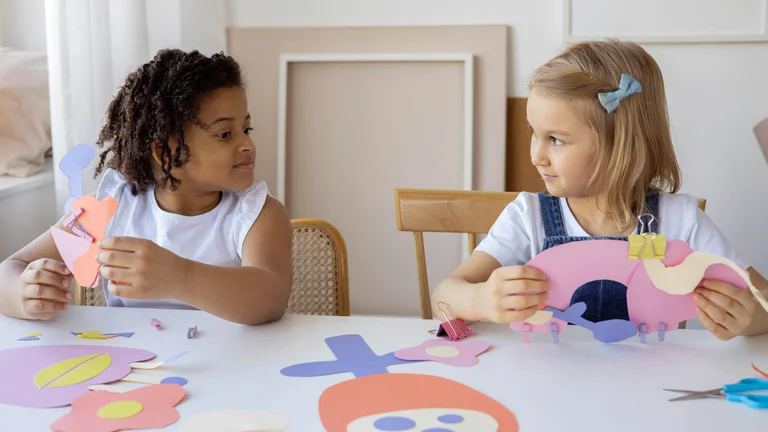Understanding Money: The Basics

Start with simple concepts. Money is a tool, not a goal. Explain what currency is and where it comes from. Use a hands-on approach. Show them coins and bills. Discuss their value and where they can be exchanged for goods and services. Engage them in conversations about everyday purchases. This real-world connection helps solidify their understanding.
Setting up a Savings Plan
Encourage children to save money regularly. Use a clear jar or a piggy bank for saving. This visual element helps them see their money grow. Set a savings goal together, such as a toy or game they want. They should learn to differentiate needs from wants. This teaches them patience and delayed gratification.
Introducing the Concept of Budgeting
Introduce budgeting in a practical manner. Use their allowance. Help them allocate funds for savings, spending, and sharing. Create simple budgeting categories. For example, spending could include snacks or toys while sharing could involve saving for a cause. Use apps or tools designed for children to track their finances. This will make budgeting more engaging and interactive.
Making Money Management Fun
Turn teaching into a game. Create a board game based on real money scenarios or a scavenger hunt using coins. Encourage them to take part in family budgeting. Explain how you manage expenses and make financial decisions. This personalizes the learning experience. Include friendly competitions, such as who can save the most in a month.
Teaching About Investment Basics
Introduce children to the idea of investing by explaining it in simple terms. Talk about the growth of money over time. Use practical examples, like how a friend's lemonade stand can turn a small amount of money into more. Use games and simulations to show how investments can earn money. You can also discuss the concept of risk in a fun and age-appropriate way.
| Skill | Age to Start | Activities |
|---|---|---|
| Understanding Money | 3+ | Discussion, using cash |
| Savings | 4+ | Saving jars, setting goals |
| Budgeting | 6+ | Allowance management, tracking expenses |
| Investing | 8+ | Simulations, explaining growth |
| Fun Learning | Any age | Games, competitions |
FAQ - How to teach children about money management
What is the best age to start teaching kids about money?
Start teaching kids about money as young as three. At this age, they can begin to understand basic concepts like saving and spending.
How can I teach my child about budgeting?
Introduce budgeting using their allowance. Help them categorize their spending, saving, and sharing. Use visual tools to make it interactive.
What resources can help with teaching kids about money?
There are apps designed for children to manage their money, books, and games that make learning fun and engaging.
How can I make learning about money fun?
Use games and interactive activities like budgeting competitions or financial-themed board games to keep them engaged.
What is the importance of teaching children about money management?
Teaching children about money management equips them with skills they need for independence in adulthood, empowering them to make informed financial decisions.
Teaching children about money management involves discussing basic concepts like saving, budgeting, and investing. Begin early with hands-on activities to create a solid understanding. Use simple terms and relatable examples to make learning engaging. This preparation fosters financial independence later in life.
Teaching children about money management lays a foundation for their future financial well-being. Start with simple concepts, engage them in practical activities, and make the learning process enjoyable. By introducing budgeting, saving, and investing at an early age, you prepare them for a prosperous and responsible adult life.